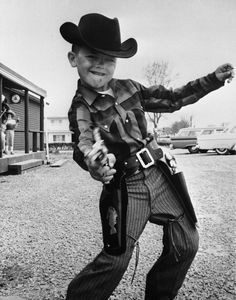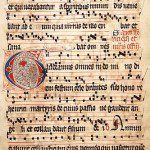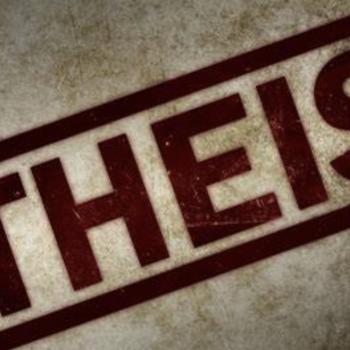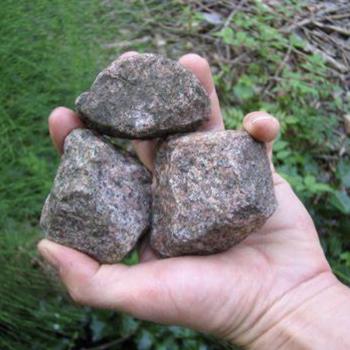There are summer days in Northwest Michigan when the temperature hovers at 80 degrees, a soft breeze blows in off the lake, and the sky is an impossible Marian blue. On these days, it is easy to believe that this near-perfect weather is mother nature’s make-up gift for the nearly eight months of snow and ice we must endure.
We live only thirty minutes south of the 45th parallel, that invisible line that marks the halfway point between the North Pole and the Equator, a place on the globe so northerly that it does not get fully dark until almost 11 pm, and so these perfect days seem to stretch endlessly on and on.
Several weeks ago, driving home at the end of one of these days, windows down, my son in the backseat, the perfection was pierced by news of Philando Castile, a black man shot and killed by a white police officer in Falcon Heights, Minnesota, a suburb of Minneapolis ten hours due west, as the crow flies, almost exactly on the same latitude as Traverse City.
My first instinct was to turn down the radio. My son is six, and though not at all squeamish of violence (he loves Star Wars and Lord of the Rings—lots of “epic battling,” he likes to say, in those films) I didn’t know how he would react to audio of Castile’s girlfriend praying to God, saying, “Please tell me he’s not dead…” over and over in the now viral Facebook video she shot.
But I wanted—needed—to know what was going on here, and so I kept the volume where it was and listened. Near the end of the report, there was an interview with a black woman who lived near the scene of Castile’s shooting. She said that her son was now scared of the police. She said that he did not want to play outside anymore because he was afraid that a police officer might come and shoot him.
A few moments after the end of the report, my son poked his head into the front seat and said, “Dad, are those police officers coming to our town?” I asked him what he meant. He said, “Are police officers going to come and shoot me.” I laughed, and said, “Of course not, buddy, don’t be silly. Why would they do that?” He said—and now there was some fear in his voice–“because sometimes I like to play with my toy gun outside and they might think I’m a bad guy.”
For the rest of the drive home, I tried to talk him down, tell him that the vast majority of police officers are kind, helpful, and very good at their jobs. I told him that they have very hard jobs, and sometimes they make mistakes.
But what I really wanted to tell him, but didn’t, was that because he is white and middle class and living in a nice majority-white neighborhood in a majority-white town (94.4% according to the 2010 census), that he could play outside all day long with his silvery toy gun, a replica of a Colt six-shooter but with a safety-orange tip at the end of the barrel, and not have a thing to worry about, except maybe some disapproving glances from parents who have decided that it’s trashy to play with guns at all.
Traverse City made Midwest Living magazine’s “Greatest Town” list. Livability magazine named Traverse City the Best Small Town in America. The crime rate is 30% lower than the rest of Michigan, and 20% lower than the national average. It’s a city that has seen only two murders since 2002.
To some of you, it might sound like paradise—minus the nine months of winter, of course—but to others this lack of diversity might sound like an utter nightmare.
Diversity is a such a fraught subject. Some prize it over all else. Others feel the exact opposite: if it happens, great, and if not, well, that’s just how it is. I’ve been told by conservative friends that worrying over diversity is “everything that’s wrong with America.”
Given how big the gap is between those who feel diversity and equality are two of the most urgent issues facing America and those who don’t, it’s hard to have anything approaching a civil conversation about it. Someone is always shouting, or walking away, fuming, certain that they are right and their opponent is wrong, certain that their opponent is less intelligent, or loves America less, or is living in a willfully ignorant bliss that if spread to enough people would ultimately ruin our country.
But the thing about having these conversations about the importance of diversity in a majority white town or a majority white school (like where I teach) is that chances are that it will have little to no actual impact on the culture or amount of visible diversity. Talking about diversity really seems to accomplish nothing. It ends up being merely philosophical musings on what could be, if only.
To quote Hemingway—someone who spent his formative years in northern Michigan—“…isn’t it pretty to think so.”
Given these conditions, what kind of work can actually be done to help bring about change? The answer is that it depends on who is leading.
As a writer, teacher, and director of a creative writing at my school, I have a certain amount of power and control when it comes to the ways that diversity is integrated in my program. I decide who appears in my syllabi. I ultimately decide (with input from my colleagues) which writers to bring to campus to work with the students. I also have a say in the type of student I want to recruit, and, to a degree, the faculty I want to hire.
To be honest, I agonize over these decisions because I am aware that the sum of these decisions constitutes the learning environment that my students live and learn in, an environment that I believe needs to prepare them for the world that they will live and work in as adults, a world that every day grows more and more diverse and complicated, and a world which demands an education that exposes them to the great diversity and complexity of thought and belief in our world.
I teach this way and make decisions in this way, not despite the fact that I am white, Midwestern, straight, and Catholic, but because I am these things.
Opponents of this way of thinking would have us believe that the great diversity and complexity of the world is something that must be set aside or ironed flat in favor of teaching students to love and appreciate America, by which they mean a certain understanding of America circa…when? 1955? An America that denies its complicated history; that denies that native peoples were the original inhabitants of this land; that denies that the European slave trade brought African people to America against their will, then under penalty of death demanded obedience and then—post-Reconstruction and Emancipation—continued to demand obedience to cultural norms that saw black people as less than, as good for nothing more than servitude and entertainment.
This America of the past, this imagined country, will never exist again, but it could, and to a certain extent it still does in some parts of the country, through violent oppression and intimidation.
Here’s the rub. I reject violence as a means of resolving conflict, and yet I allow my six-year old son to be entertained by it. I allow him to watch mildly violent TV shows and movies. I allow him to mimic what he sees in these films by buying him toy weaponry so he can recreate the scenarios, so he can be the hero. And who is the hero, largely, in these television shows, films, and books? Armed white men. And who is the villain? Someone who looks and sounds menacing. Their voices are low, their skin is often not white, and often they are not even human. He plays the blonde-haired blue-eyed Luke Skywalker fighting a black-suited Darth Vader.
My son has not grown up around people of color. He experiences almost no diversity. And he pays very close attention to skin color. When my wife took him to New Orleans to visit her family, he hung back, uncharacteristically shy, when she took him to the playground. When she asked what was wrong, he said, “I don’t play with dark-skinned kids.”
But up until this summer’s shootings in Baton Rouge and Falcon Heights, Minnesota, my son didn’t even register violence as real. Any violence seemed to him fiction, play acting. I had hoped that I would be able to prolong his naivety. But I realize now that this is irresponsible, for so many reasons. We may not own guns, but we live in a pro-gun, pro-hunting state, where he will likely encounter real guns in the homes of his friends. And when so many children his age in this country and around the world already painfully aware of the reality of violence and how it tears at families, communities, and nations, why should I perpetuate ignorance?
Now, with the shootings of two more black men in Tulsa and Charlotte, I feel as though an actual sickness has gripped our country. I’m not the only one. Headlines are proclaiming that the murder of people of color has gone viral.
But to talk this way about violence, as though it were something alien, something that comes from without, is simply not true. It’s in the heart of my young son. It’s in the heart of human civilization–this fierce tribal will to power–and, at least in theory, it’s only through the various social contracts (laws and statutes, constitutions) that such tribalism is kept in check. Students of history know that laws are not applied and enforced equally; that the race, class, gender, sexual orientation, and faith of people often informs decisions of our governments, public servants, and armed private citizens as to whether violence in warranted our not.
There is a sense in which the bigot with a gun understands the weapon as the only way of communicating; that the Other is incapable of reason; that the simple fact that we are the one holding the weapon makes us righteous.
When such a perception-altering piece of weaponry is seen as an integral piece of your social contract, when it is understood as a sacred piece of how law and order are maintained, then you have a problem. I’m afraid the toy in my son’s hand will become more than a weapon; it will become an idol that demands blood.
David Griffith is the author of A Good War is Hard to Find and the director of creative writing at Interlochen Center for the Arts.













